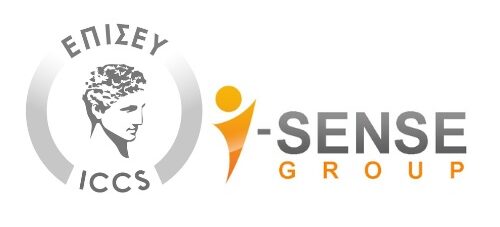The 3rd pilot exercise was held on Saint Nazaire, France and specifically in STX-FR premises. The eVACUATE pilot demonstration in STX-FR held in Saint Nazaire, on Friday March 17, 2017. Main outcomes: Over that time we demonstrated good team work and team spirit to realise a reasonably successful pilot demonstration. The demonstration itself did not run smoothly, partly due to the difficult environment in which we had to conduct the demonstration.
The STX pilot demonstration was executed while the ships interior was only half finished and the construction work was in full swing. The passenger’s stairs could not be used in the scenario (only the crew stairs on both sides of the ship), needing a complete change in the scenario. Furthermore the second muster station (ball room) was not available. We could only use the (middle part and stage part of the) theatre as a muster station, but only on the day of the pilot demonstration, because of the construction activities. As a result we needed to technically prepare the pilot demonstration back stage and to prepare the evacuation routes (signs) on the day of the pilot demonstration.
From a technical point of view we had major problems requiring improvisation to find a working solution. The eVACUATE team will remember this event as the pilot with constant changes, improvisation and hard work to make it a success … but we made it. We demonstrated good team work and an excellent spirit to overcome all the difficulties encountered. In this pilot the challenge was in the conditions under which we had to execute the demonstration, and not so much technical problems with the eVACUATE system itself. Despite all the aforementioned, at the end the eVACUATE system itself encountered only minor technical issues demonstrating as such its potentials while operating in a new environment that a Cruise ship is. We divided the (ca. 100) volunteers into four groups and the started in each run in the same position. We did four evacuation runs and measured the time needed for the evacuation. The evacuation time noted is the maximum evacuation time of the four groups, i.e. we measure the slowest evacuation time.
A significant improvement of around 25% in evacuation time was achieved, with our system being up and running.
{youtube}MUrlEOOsIsE{/youtube}






